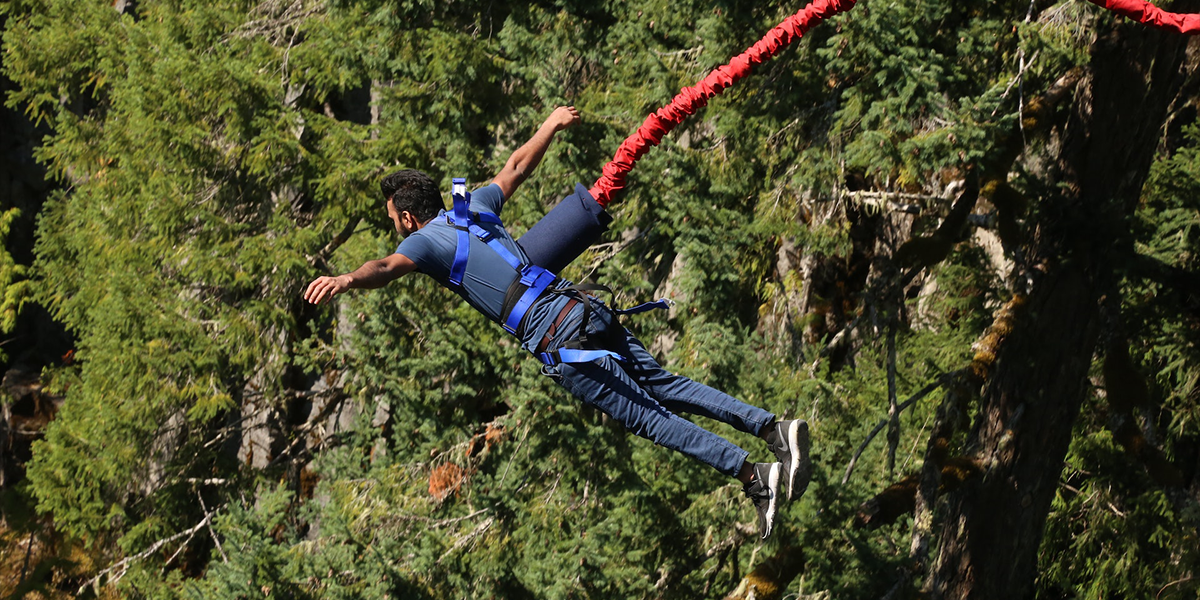There’s no doubt about it.
School sport is incredibly beneficial to kids.
The physical, mental, emotional and social benefits of staying active on the reg are extensive.
We’re talking increased cardiovascular fitness, improved coordination and balance, the promotion of healthy bone growth and reduced risk of obesity, cancer and diabetes.
And from a psychological perspective, we’re looking at lower rates of stress, anxiety, depression and substance abuse, while improvements in self-esteem, creativity and cognitive performance and an increased overall life satisfaction.
However, not all sports are considered equal. At least from a safety point of view.
In fact, some are considered so dangerous, they’re actually flat-out banned in schools.
“The Department and its staff have a duty to take reasonable care for the safety and welfare of themselves and others,” the NSW Department of Education explains.
“This duty includes assessing and appropriately managing any and all foreseeable risks of an activity.”
So what sports are banned by the NSW Department of Education, and why?
- Boxing
This one might be a no-brainer (sorry not sorry), due to the potentially catastrophic impacts boxing can have on brains. Especially young ones in their critical formative years.
However, catastrophic boxing injuries are actually pretty rare (and usually occur in professional, not amateur settings) so supervised training and fitness programs involving boxing and combat sports (for example, boxercise) are considered to be acceptable activities in many schools.
- Break dancing
We hate to break it to you (sorry, we just can’t help it), but break dancing is also considered a high-risk activity that’s banned in schools.
Break dancing originated in the South Bronx in the late 60s and early 70s and combines dance with pretty remarkable athleticism. But while it looks pretty cool, that combo makes severe and even life-threatening injuries more common than other forms of dance. Particularly for amateurs.
According to the Hospital for Special Surgery (HSS), “Common injuries reported are sprains; strains; tendinitis; bursitis; growth plate injuries; fractures of the clavicle, radius, and ulna; stress fractures of the femur, calcaneus, and vertebra; and spinal cord injuries. Injuries to the wrist seem to be the most common due to power moves such as flairs and windmills.”.
- Bungee-jumping
Okay, we’re not entirely convinced that bungee jumping is even considered a sport (I mean, you just just kinda… jump into the void, right?).
Nevertheless, while death is extremely rare there are some pretty serious injuries you can get while bungee jumping, including eye injuries like damage to the retina or conjunctiva, potentially causing a temporary loss of vision, as well as neck or spinal injuries such as compression fractures, herniated discs or broken bones in the spine, or damage to the spinal cord. Ouch.
- Hang gliding
Hang gliding is a potentially dangerous activity that requires pretty significant technical skills and high grade equipment. Injuries can occur during take-off, in-flight and when landing.
According to Tiina Rekand, who published The epidemiology of injury in hang-gliding and paragliding, “Multiple injuries after accidents are common.”
“Collision with electrical wires may cause burn injuries. Fatal outcomes are caused by brain injuries, spinal cord injuries at the cervical level or aorta rupture. Accidents happen because of risk-taking behaviour, lack of education or use of self-modified equipment.”
Yeah. Hard pass.
- Quad biking
According to the Royal Children’s Hospital, quad bikes are a serious safety hazard.
In case you’re not familiar with what a quad bike is, they’re four-wheeled vehicles that are popular for use with farm work and as recreational vehicles.
However, “quad bikes are a major cause of death and serious injury in Australian children and adults. Since 2001, 42 children and 207 adults have been killed in quad bike accidents.”
Best steer clear then…
- Rock fishing
Rock fishing, which involves fishing from rock faces and rock ledges along the coastline of the ocean, is a seriously dangerous activity – even for the most experienced fishermen.
In fact, Royal Life Saving Australia considers it to be one of the most dangerous sports, with rock fishing accidents accounting for 4% of all drowning deaths in Australia every year.
- Rodeo
Rodeo is an incredibly dangerous sport.
While the animals involved are at risk of suffering what the Animal Legal Defense Fund describe as “broken ribs, backs, and legs, torn tails, punctured lungs, internal organ damage, ripped tendons, torn ligaments, snapped necks, and agonising deaths,” riders are at risk of catastrophic injury that often leads to death.
National Geographic went so far as to call rodeo “the most dangerous eight seconds in sports”.
…Need we say more?
- Tobogganing
Tobogganing might sound like a whole lotta fun, but it’s actually one of the most dangerous sports around, with the risk of serious head injury possible at just 10km/h.
And from 20km/h? You’re looking at femur fractures (vom) and even catastrophic head injuries.
Tobogganing is so risky that Australia’s Thredbo and Perisher ski resorts actually banned it back in 2018.
According to the Guardian, which covered the story at the time, the ski resorts resorted to the move after they observed a trend of guests “taking toboggans or other sliding equipment on ski runs had increased the risk of collisions, loss of control, and falling from equipment.”
So is it fair these sports are banned in Australian schools?
If you want your child to survive till adulthood we’d say yes.






